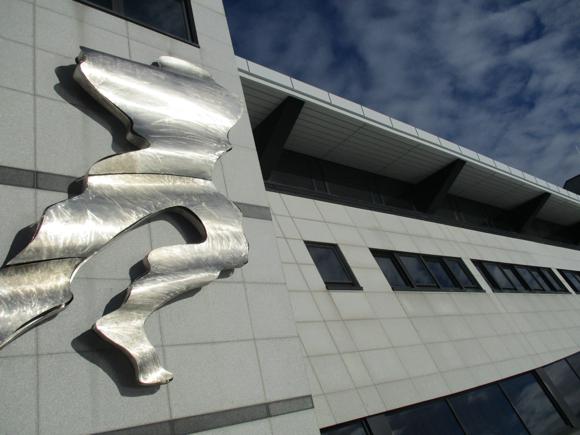A fan’s guide – the club from early doors to today
Ask anyone of a certain age to name a side from Norway and inevitably it will be Lyn Oslo. Not that Lyn were ever lucky against English sides – Tottenham tonked them 12-3 in 1972, Leeds 16-0 in 1969 – but the two-time national champions from the 1960s remain in the collective psyche.
Four decades later, one of Norway’s most venerable clubs all but vanished entirely. A council of trusted fans managed to keep the wheels in motion until the club was revived in 2010.
Though Lyn regained their licence through their reserve side at the bottom of the Norwegian league pyramid, their fans still turned out in numbers at the equally venerable Bislett stadion – and continue to do so.

The Bislett stands in St Hanshaugen, the area of north-west Oslo where Lyn were formed in 1896. The only one of the three founder members of the Norwegian FA still in existence, Lyn won the cup for four consecutive seasons before World War I, providing half the Norwegian team who competed at the 1912 Olympics. Lyn’s Per Skou also competed at the 1920 Games, when Norway surprised the football world by beating a previously dominant Great Britain side 3-1.
Skou was also in the Lyn side that lost the Norwegian Cup final in 1928 and also featured Niels Onstad, later husband of Hollywood star Sonja Henie, and Jørgen Juve. Still the highest goalscorer for the national side, Juve captained the Norway team that beat Germany 2-0 at the 1936 Olympics, the only football match that Hitler ever watched.

The other star of the side that won bronze in Berlin was Arne Brustad. A Lyn player for nearly two decades, this left-winger scored all three in Norway’s 3-2 win over Poland that secured third place. His was also Norway’s only strike in the single-goal extra-time defeat to eventual winners, Italy – though many say a later disallowed Brustad effort should have stood.
At home, Brustad helped Lyn win the cup in 1945 and 1946.
The next great Lyn forward was Ola Dybwad-Olsen. In his first season in 1964, this Oslo-born striker was part of the first Lyn side to win the league. When they won it again four years later, a league-and-cup double, it was with Harald Berg providing the chances.
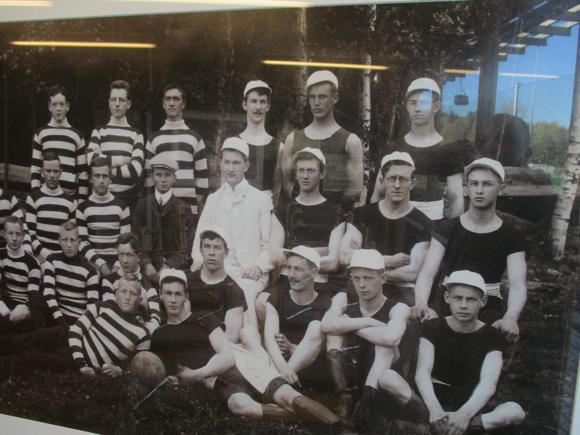
By now Lyn’s domestic successes had opened the door to Europe. Borussia Dortmund, Derry City and Bologna had all beaten Lyn reasonably easily. Barcelona, however, struggled. Playing both legs of the 1968-69 Cup-Winners’ Cup quarter-finals in Spain, Lyn led 4-3 on aggregate until the Catalans pulled back two late goals.
Ironically, later that year, the Oslo side were relegated. Though Lyn bounced back to claim a runners-up spot in the top flight in 1971, they would never win major silverware again.
Highlights since have been all too rare. In 1994, a Lyn side featuring later Southampton utility player Jo Tessem made the cup final, losing 3-2 to Molde after an early Tessem goal.
A decade later, another revival, after the club was close to collapse, saw Lyn again make the cup final and the UEFA Cup. But mismanagement during the bizarre, long-running transfer saga of Jon Obi Mikel, first to Manchester United and then to Chelsea, offset any progress on and off the pitch.

By 2009, Lyn were no longer playing at the national Ullevaal stadion, their home since 1926. By 2010, there was no longer a club. With the first-team operation bankrupt, fans got behind the reserve side, who climbed up from the seventh flight to the third and moved into the Frogner Stadion.
Though gaining fourth place in 2013 and moving to the Bislett in 2014, Lyn slipped in 2015. Still with a healthy (and noisy) fan base, Lyn are looking for promotion out of the fourth-tier 3.Divisjon in 2016.


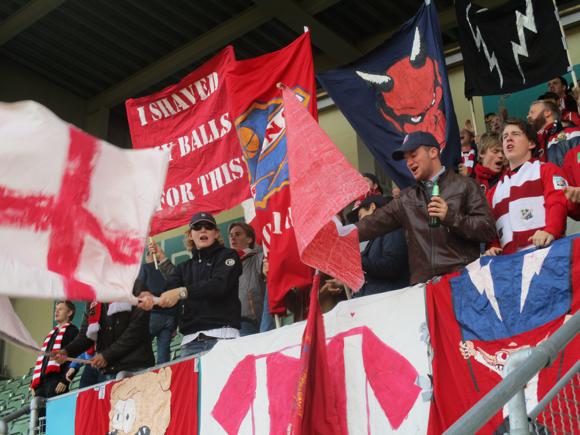
Stadium Guide
The field of dreams – and the stands around it
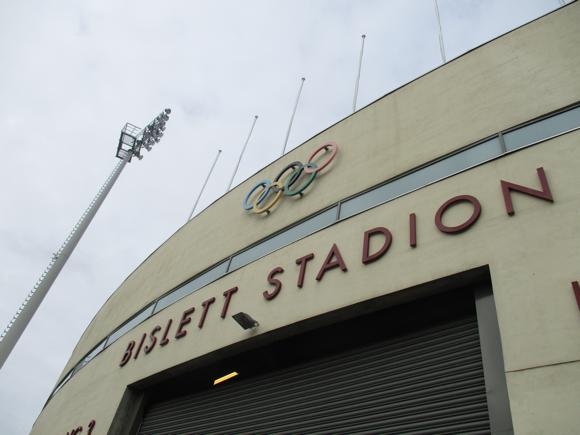


Until their recent demise, Lyn were historically linked to Norway’s national stadium, the Ullevaal. In fact, the club was behind its creation, back in 1917, when the Aker municipal tram company, Akersbanerne, was founded. When Akersbanerne created the Sognsvann line heading north out of Oslo, Lyn bought land around it.
The Ullevaal was unveiled in 1926 with Lyn taking on Örgryte of Gothenburg in a curtain-raising exhibition match – Norway played their first international there a year later.
With Lyn still the major shareholder, the Ullevaal became the country’s national stadium, the main venue for cup finals as well as Norway internationals. In 1960, the Norwegian FA gained the majority share.
With access to state funds, the FA was able to develop the Ullevaal for modern-day use. Its running track was removed in 1990, allowing the stadium to be football-only.

But for most of the decade, the FA and Lyn locked legal horns over share ownership and rental prices. The FA was obliged to treat all clubs equally while cash-strapped Lyn had historic and emotional ties to the national stadium. Agreement in 2007 allowed for further modernisation of the Ullevaal – and for Oslo’s now top club of Vålerenga to move in and groundshare with Lyn.
While 2005 champions Vålerenga attracted healthy crowds, Lyn were forced to sell the last of their shares to the FA.
The Ullevaal was too large and too expensive for second-flight Lyn. After more than 80 years, Lyn moved out – to the Bislett stadion, near the club’s traditional fan base in the west of the capital.

And it was this fan base who kept the club alive after bankruptcy in 2010, turning up in numbers at the smaller Frogner stadion. When Lyn gained promotion to the third flight in 2012, a crowd of 2,000-plus was there for the occasion.
That same year, when city rivals Lyn and Vålerenga met for a cup game, it was at the Bislett, attracting a crowd of 11,000, the majority dressed in red and white.
Lyn moved back to the Bislett in 2014 and are now firmly installed there, fans creating Italian-style displays in one stand. Surprisingly raucous teenagers bash seven bells out of any object they can find and bastardise Simon & Garfunkel (‘Here’s to you… Lyn Oslo!’) in fine communal voice for pretty much all of the 90 minutes. For transport and bar details, see Bislett stadion.
getting in
Buying tickets – when, where, how and how much

On match days, it’s a straightforward Nkr100 cash admission from the table just inside the main entrance of the Bislett on the Bislettgata/Louises gate roundabout. A modest programme is given out free.
what to buy
Shirts, kits, merchandise and gifts
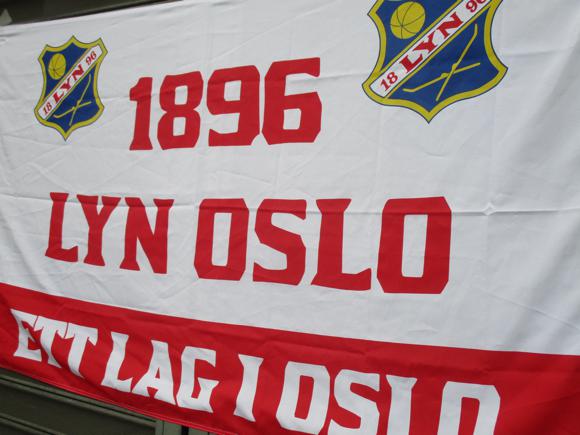
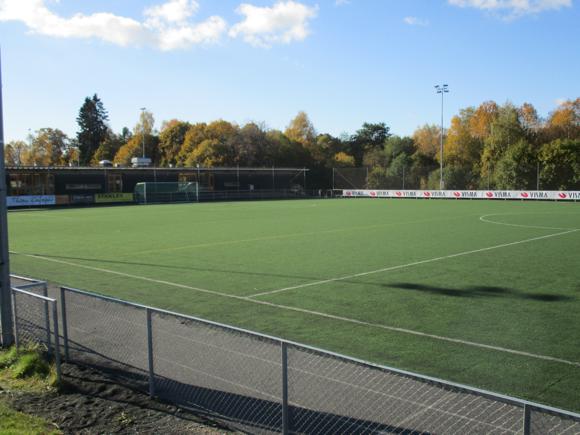
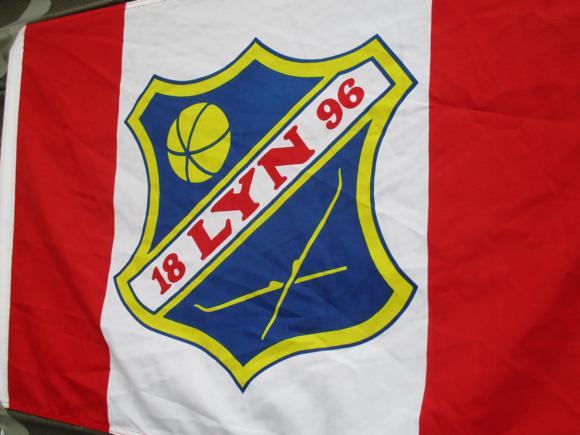
Part of Lyn’s agreement with the Norwegian FA was for a clubhouse to be built. North of the Ullevaal, near Kringsjä T-bane station, the Klubbhuset has a modest selection of souvenirs – but you’ll have to ask first, there’s no outlet as such.
From Kringsjä, five stops north of Ullevaal, head left as you exit the station from town. Sognsveien runs parallel to the rails – cross it and turn left down Olav M Troviks vej. You pass rows of student accommodation before you reach a training pitch – the clubhouse is behind one goal.





